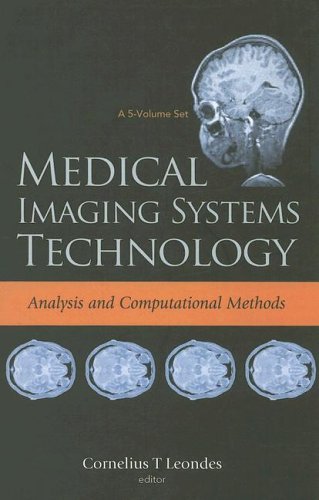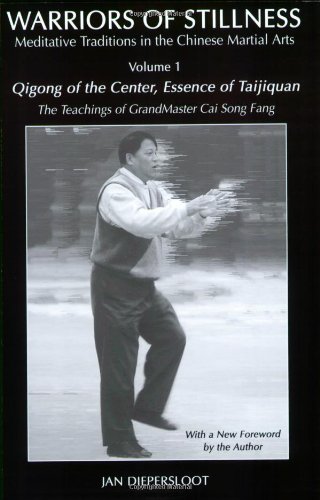- 2 402 202 книги
- Поиск
libcats.org










Buried Waste in the Seabed; Acoustic Imaging and Bio-toxicity
Philippe Blondel, Philippe Blondel, Andrea CaitiBuried waste on the seabed is a major source of pollution. But, very often, waste sites are not known until aserious problem occurs, or are not adequately mapped. Recent examples around Europe include WWI and WWII ammunition dump sites (e.g. Beufort Dyke in the UK), dumped nuclear submarines in the Arctic Seas, clandestine or hidden toxic-waste in the Baltic Sea and the North Sea.. Even if properly documented, waste sites evolve with time (dumped material can movewith currents and tides, especially on a scale of decades; toxic-material barrels can corrode and leak). This book shows the results of a concerted EU-funded effort to tackle this problem and find innovative ways to identify and map toxic waste sites ona the seabed, whether they have been covered with sediments or not. These results are applicable to any region on the seabed in the entire world.
Популярные книги за неделю:

Проектирование и строительство. Дом, квартира, сад
Автор: Петер Нойферт, Автор: Людвиг Нефф
Размер книги: 20.83 Mb

Система упражнений по развитию способностей человека (Практическое пособие)
Автор: Петров Аркадий НаумовичКатегория: Путь к себе
Размер книги: 818 Kb

Сотворение мира (3-х томник)
Автор: Петров Аркадий НаумовичКатегория: Путь к себе
Размер книги: 817 Kb

Радиолюбительские схемы на ИС типа 555
Автор: Трейстер Р.Категория: Электротехника и связь
Размер книги: 13.64 Mb
Только что пользователи скачали эти книги:

Medical Imaging Systems Technology Methods in Cardiovascular And Brain Systems
Автор: Cornelius T. LeondesКатегория: medicine - radiology
Размер книги: 11.30 Mb

de Queiroz R.J.G.B. Logic for Concurrency and Synchronisation (Kluwer,2003)(ISBN 1402012705)(297s)_EE_.pdf
Автор:
Размер книги: 6.88 Mb

The Making of Saudi Arabia, 1916-1936: From Chieftaincy to Monarchical State (Studies in Middle Eastern History)
Автор: Joseph KostinerКатегория: История
Размер книги: 18.22 Mb

Warriors of Stillness Vol 1: Qigong of the Center, Essence of Taijiquan: Teachings of Grandmaster Cai Song Fang
Автор: Jan Diepersloot
Размер книги: 18.04 Mb

The Country Ahead of Us, the Country Behind - Stories
Автор: Guterson DavidКатегория: fiction
Размер книги: 359 Kb

Becoming God's Champion (Discover 4 Yourself Inductive Bible Studies for Kids)
Автор: Kay Arthur
Размер книги: 702 Kb





